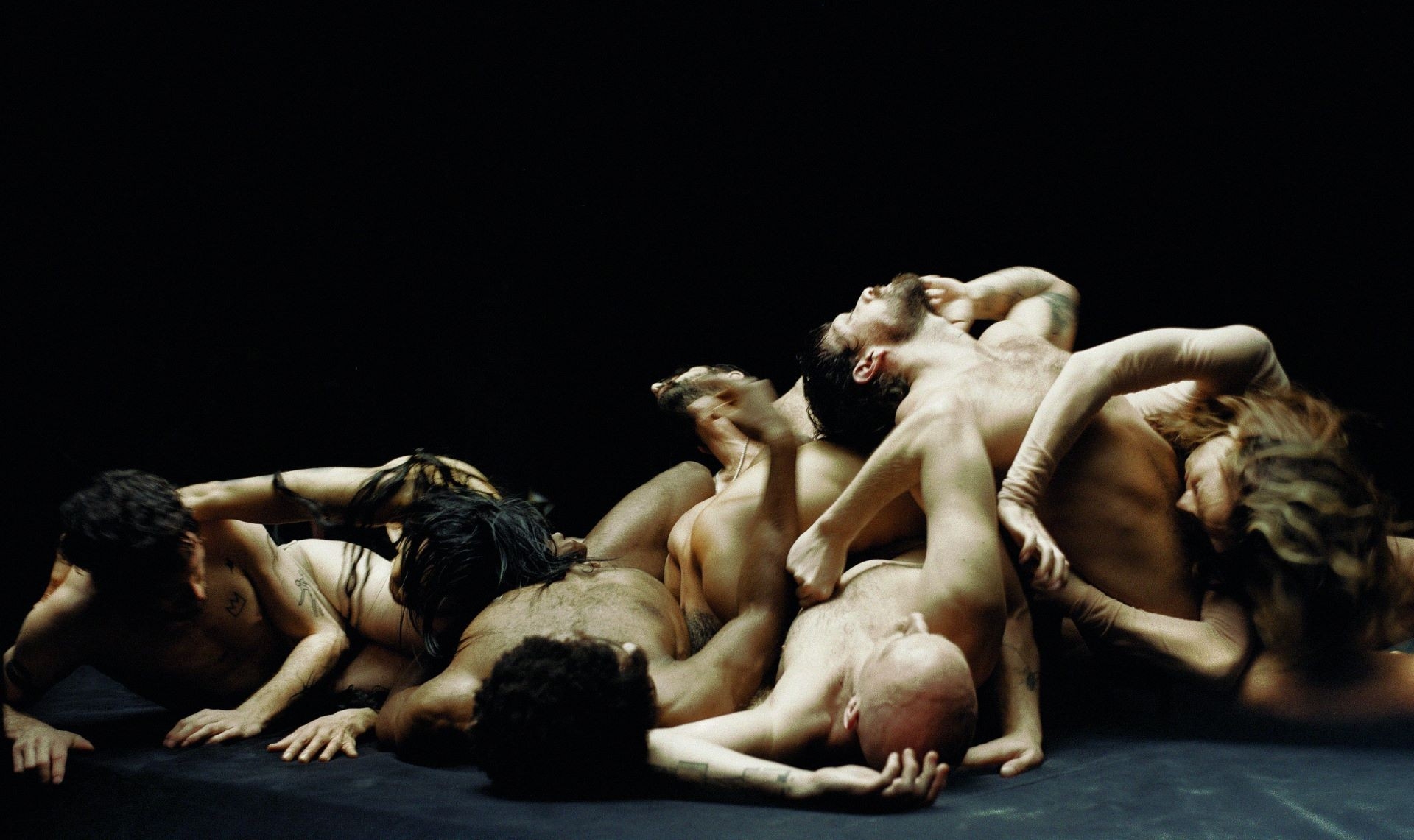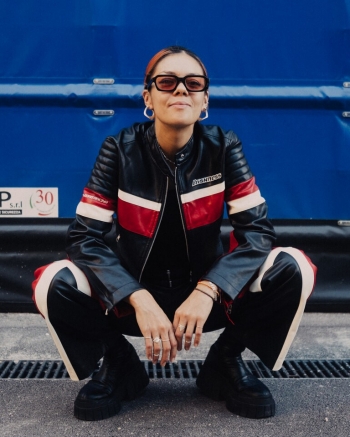“A lot of my work is really trying to merge the universe of design and choreography,” explains Peña, who also worked as head stylist for Montreal’s luxury outerwear brand Rudsak and returned to Concordia to pursue her Master of Design after founding AP&A, which has performed in Canada, as well as in Germany, Italy, France, Japan, Mexico, India, and beyond.
At AP&A, Peña empowers her team to have the tools and agency to bring their own perspectives, values and visions to the choreographic worlds they create. When describing her process, she likens it to making a gingerbread cookie.
“I propose a container, a frame, but then the dancers fill it with their own point of view. The container, my choreographic proposition, is like the cookie mold, it’s still recognizable, but it’s being affected by the negotiation of what that human being and artist is bringing or interpreting.”
The objective, she says, is to show chaos in dance — as opposed to “streamlining” things.
“When I started design school, I became really fascinated with how design is made for efficiency and simplicity. We don’t design for complexity — we design for minimalism and simplicity. So, I became really interested in how, through my work, I could create an aesthetic of complexity.”


 Andrea Peña’s Bogotá, performed by AP&A, 2023 | Credit: Felix Delavaud
Andrea Peña’s Bogotá, performed by AP&A, 2023 | Credit: Felix Delavaud
 Andrea Peña
Andrea Peña